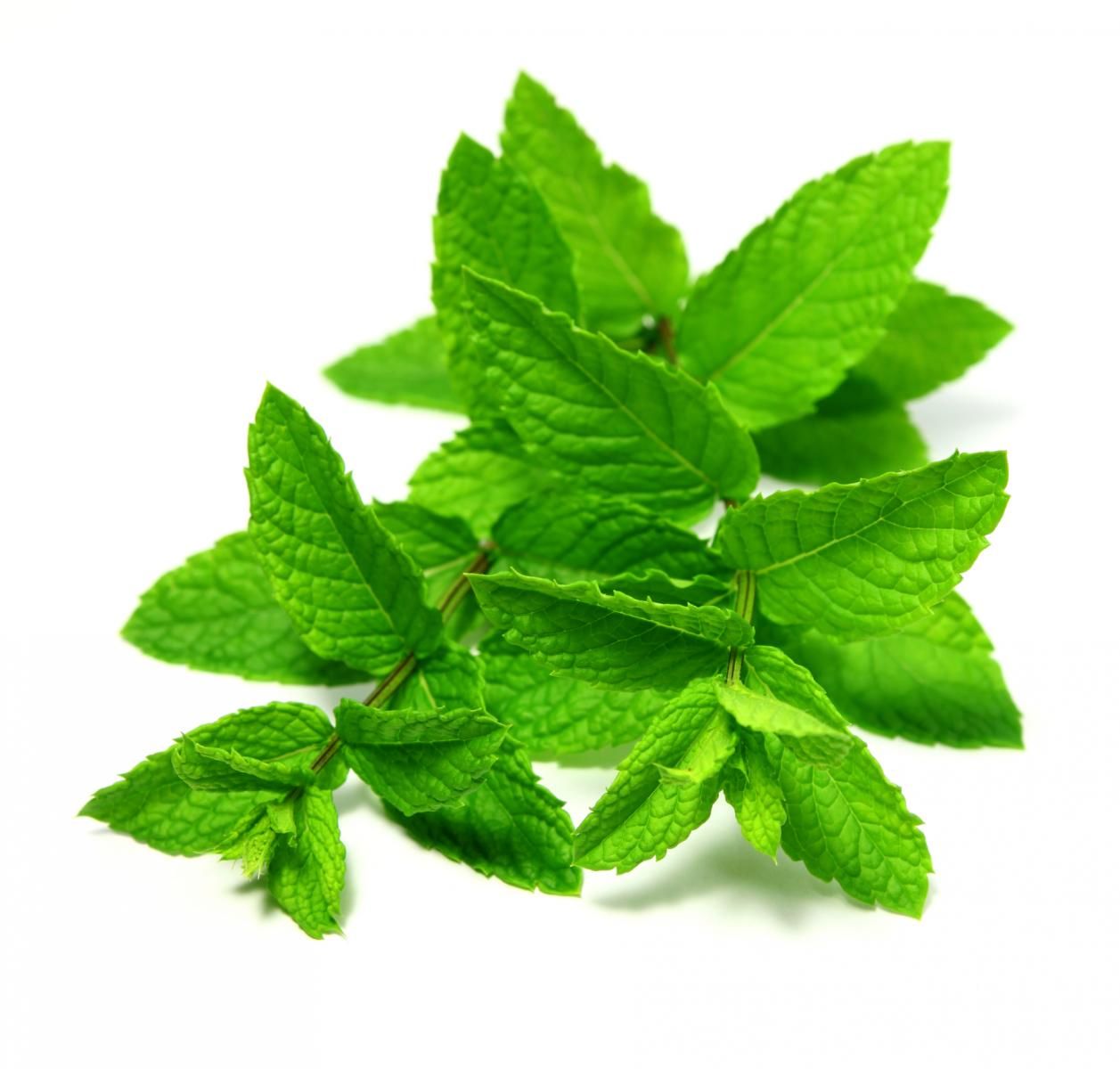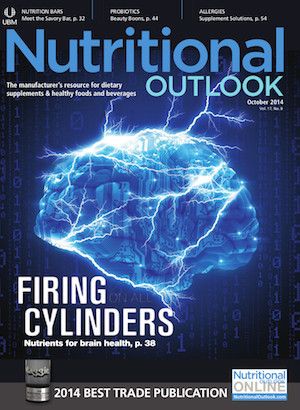Herb Nutrients May Even Benefit from Refrigeration
Aromatic herbs such as coriander and spearmint have real potential for improving human diets.

Fresh herbs are full of nutrients, even if they get little recognition for it. But what happens to aromatic herbs once they are refrigerated to extend their shelf life? Do they retain their characteristics long enough to warrant manufacturer use of fresh herbs in food and beverage products?
Writing in the journal LWT-Food Science and Technology, Portuguese and Spanish researchers analyzed fresh-cut chives, coriander, spearmint, and parsley under 10 days of refrigeration at 3±1°C. They selected these herbs based on their prevalence in European gastronomy.
All herbs kept satisfactory appearance throughout shelf life, although chives showed significant color loss-which has been reported elsewhere. Herbs also retained most of their macronutrients, including good contents of fiber. Minerals proved quite stable, but each herb differed in its mineral contents, and the differences could easily be related to particular soil and weather conditions, or even genetics, of each individual plant. Coriander held the greatest amount of total minerals, but spearmint had the most iron and manganese. Overall, these herbs were all deemed good sources of phosphorous, potassium, and calcium.
Vitamins saw some significant degradation, especially vitamin C. Some vitamins, though, such as B3 and B5, were retained at good levels in all herbs. Coriander scored highest in fat-soluble vitamins.
Some of the more exciting findings of this study took place in the category of antioxidants. In every case except for coriander, phenolic contents actually increased during storage. “The wounding inductive stress caused by cutting leaves can lead to the production of phenolic compounds in response to the stress caused by the release of certain enzymes from the cell cytoplasm,” wrote the researchers. “However, the presence of other compounds, like vitamin C, can justify the general stability of phenolic and flavonoid content during storage.”
While aromatic herbs do show potential to impart good sources of nutrients even after several days of storage, the data does indicate a slight “evolution of the flavor” during storage-in most cases, less than 10%. As long as flavor does not become problematic, the benefits of fresh, aromatic herbs should not be ignored.
“The high content of phenolic compounds in aromatic herbs and the small differences in the antioxidant capacity along the storage indicate that few grams of these herbs in a meal can represent a way to increase the antioxidant capacity of the daily diet with possible health benefits,” concluded the researchers. “Additionally, antimicrobial activities were attributed to some phenolic compounds, which may act as stabilizer agents when the aromatic herbs are added to other food products, playing an important role in their shelf-life.”
Photo by ©iStockphoto.com/dirkr
Robby Gardner
Associate Editor
Nutritional Outlook magazine
robby.gardner@ubm.com
